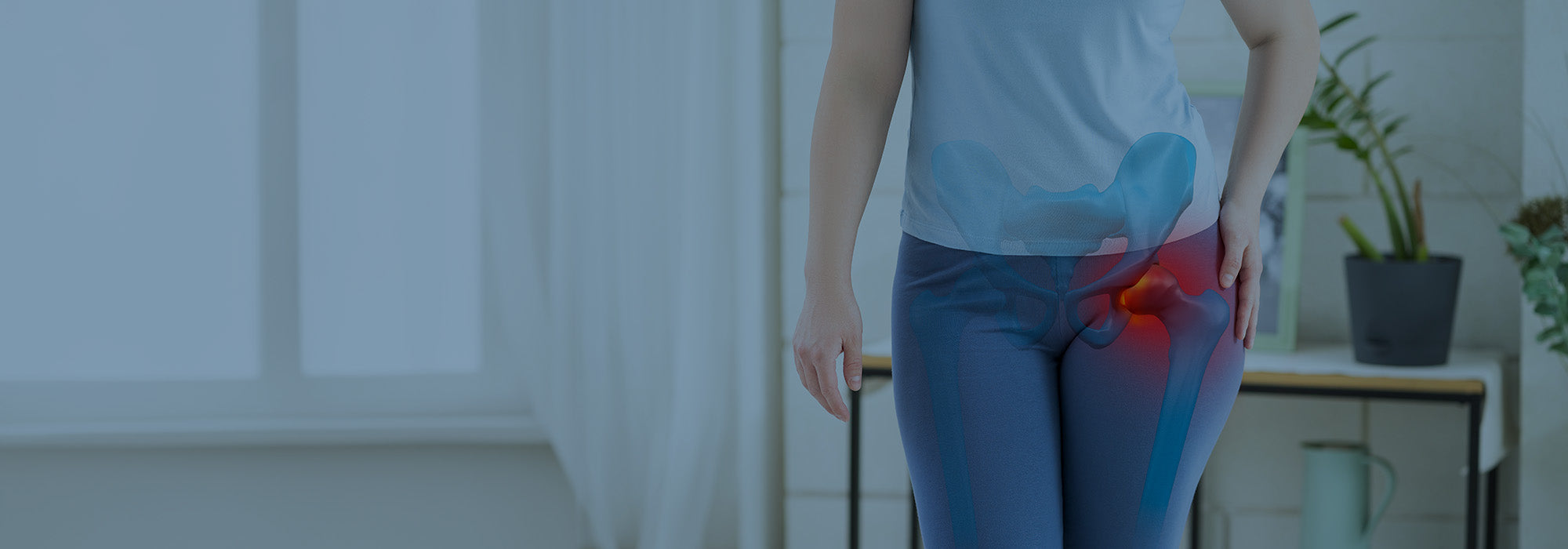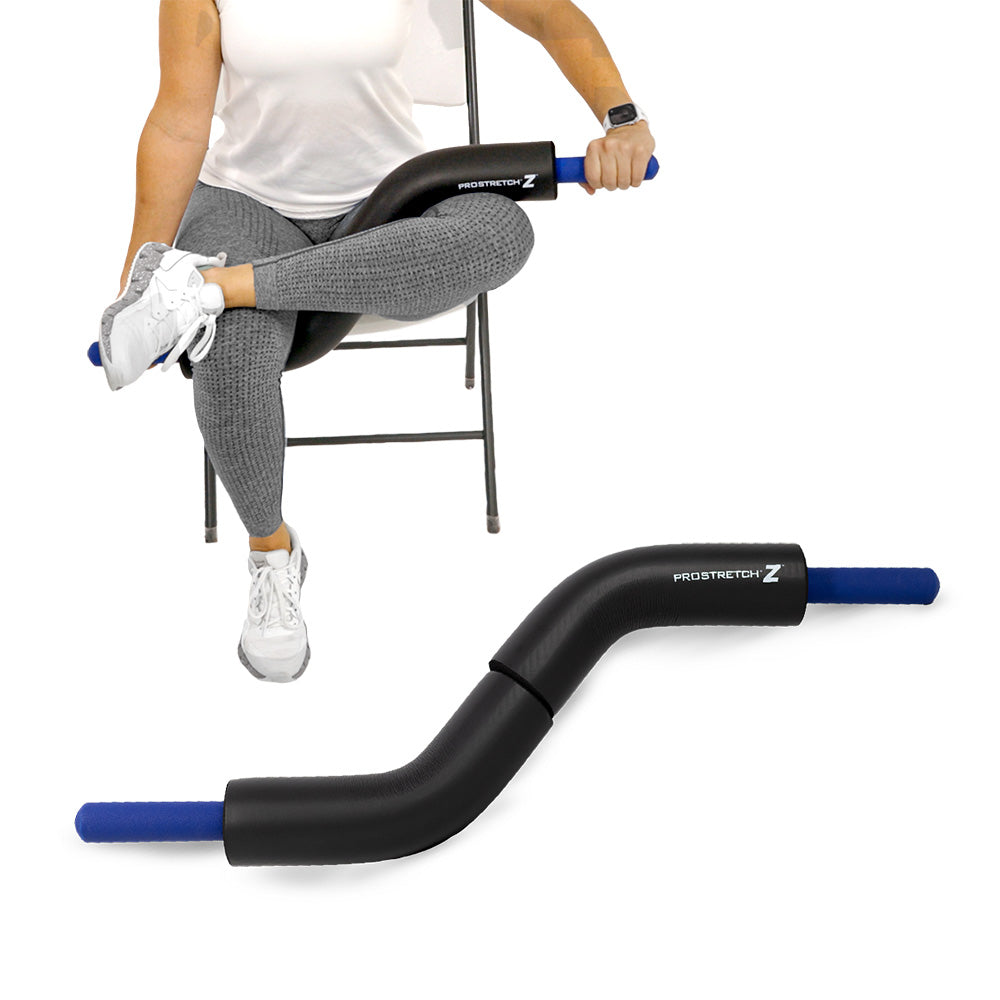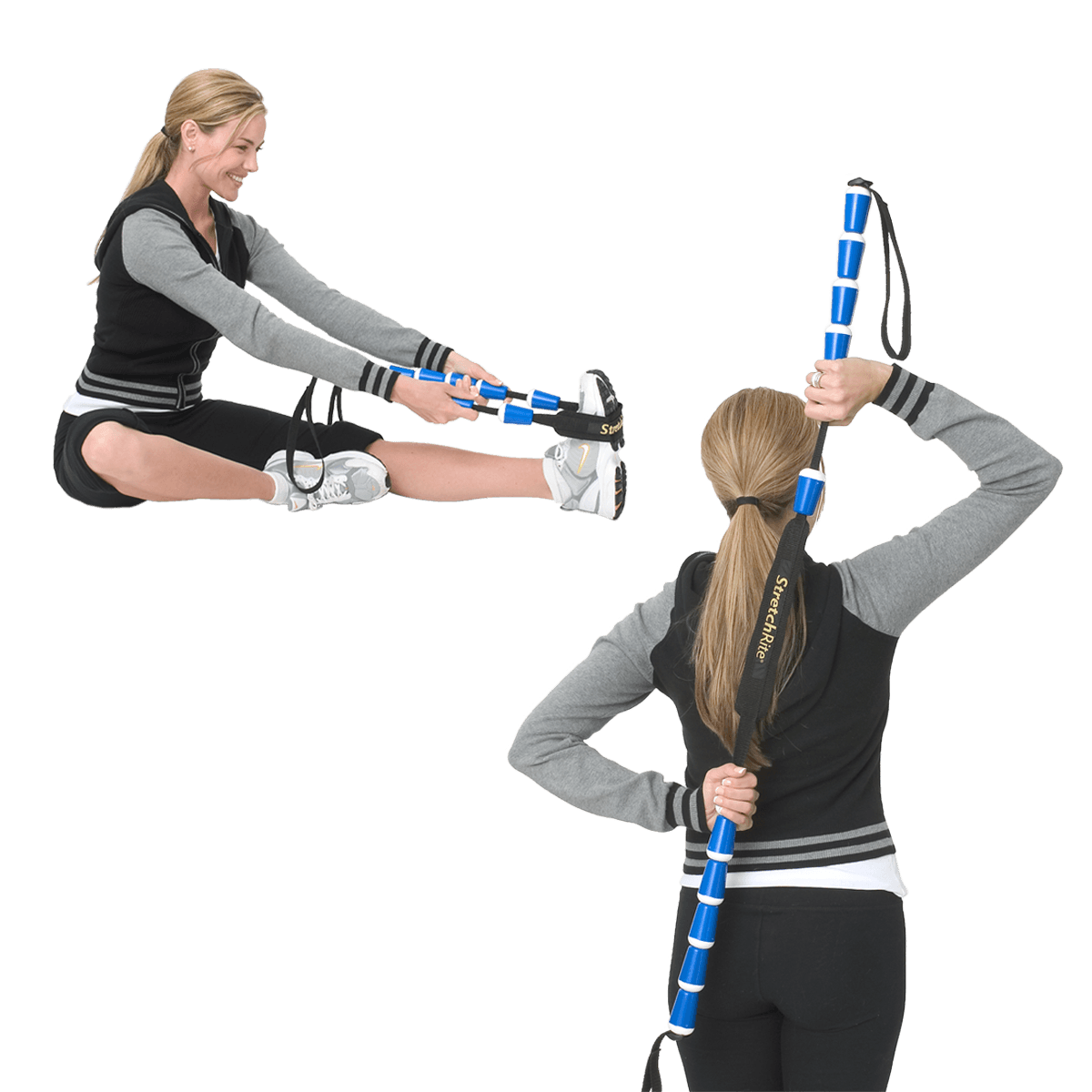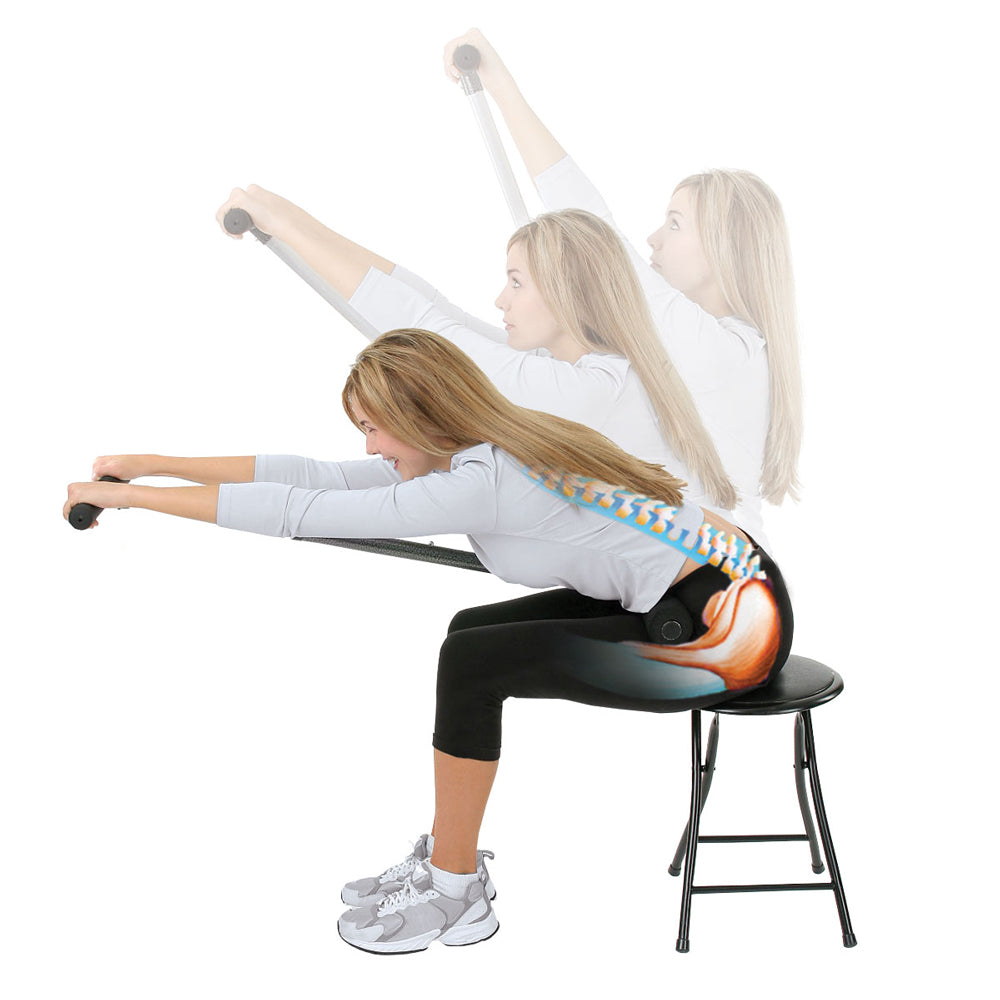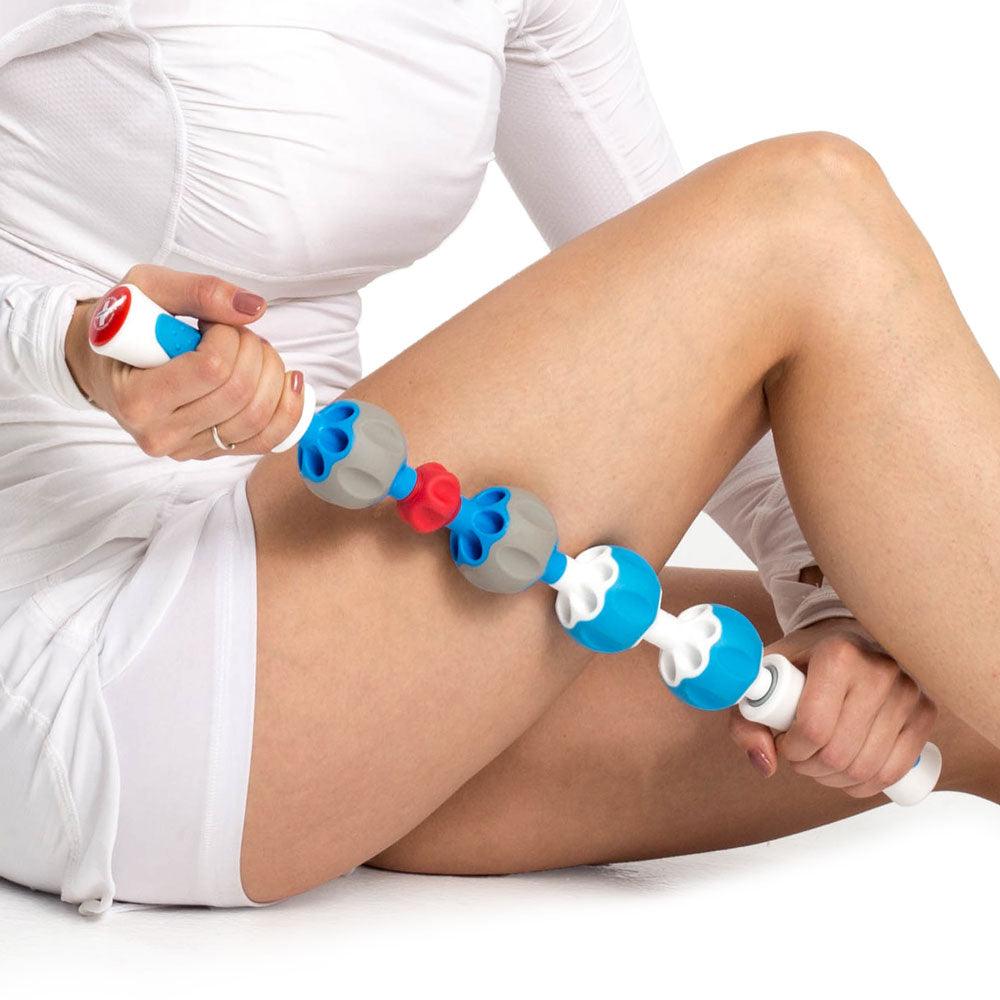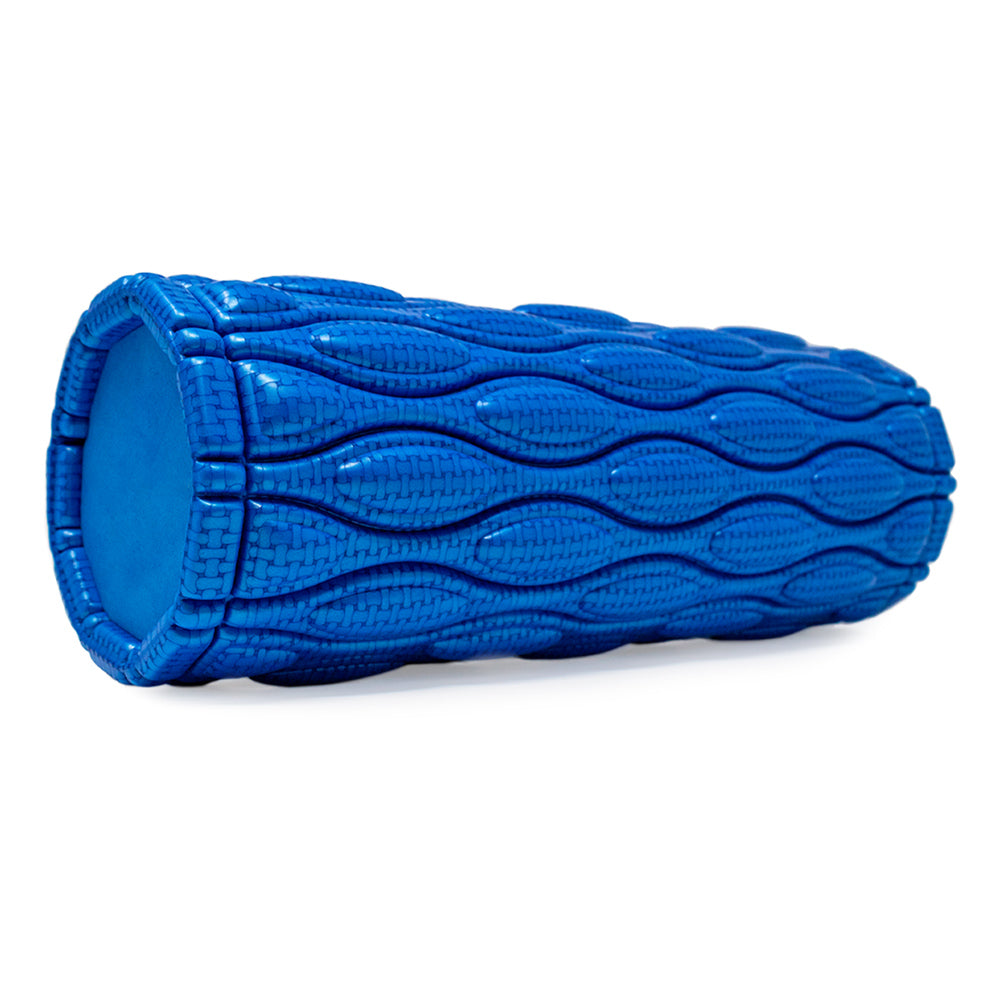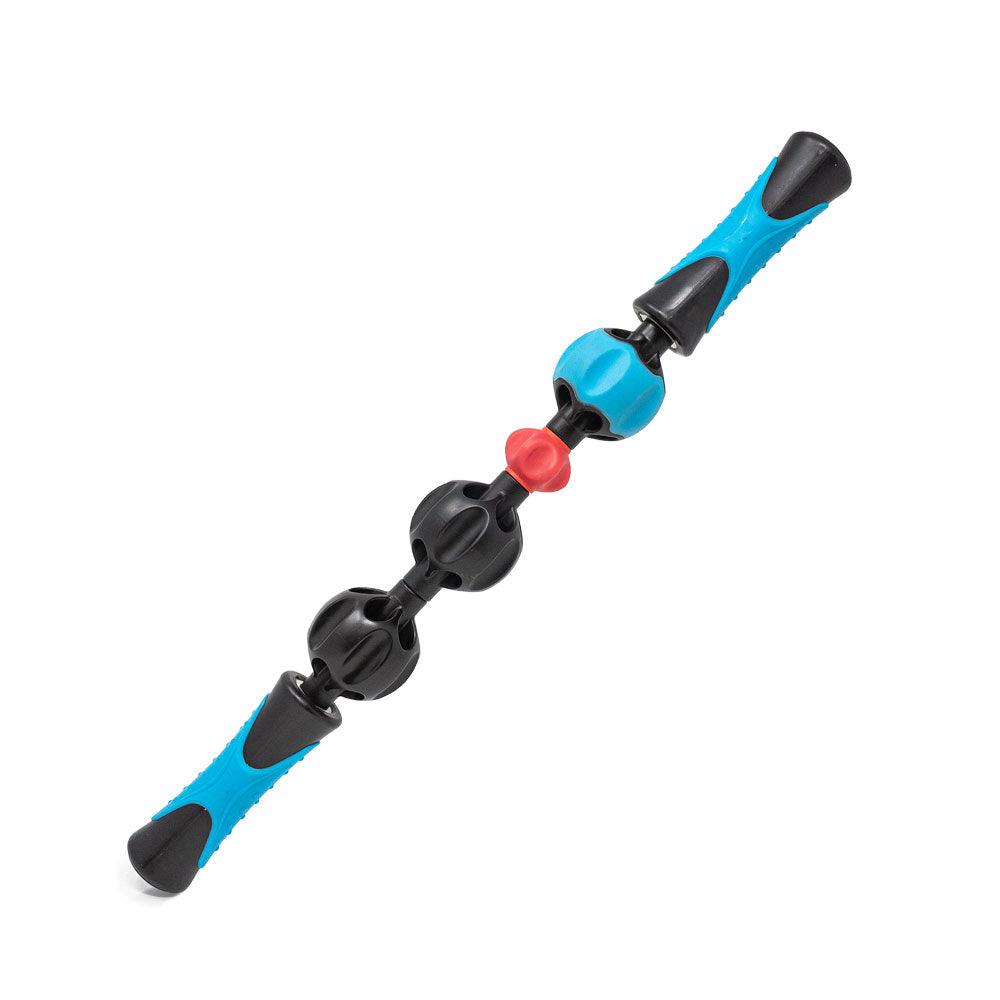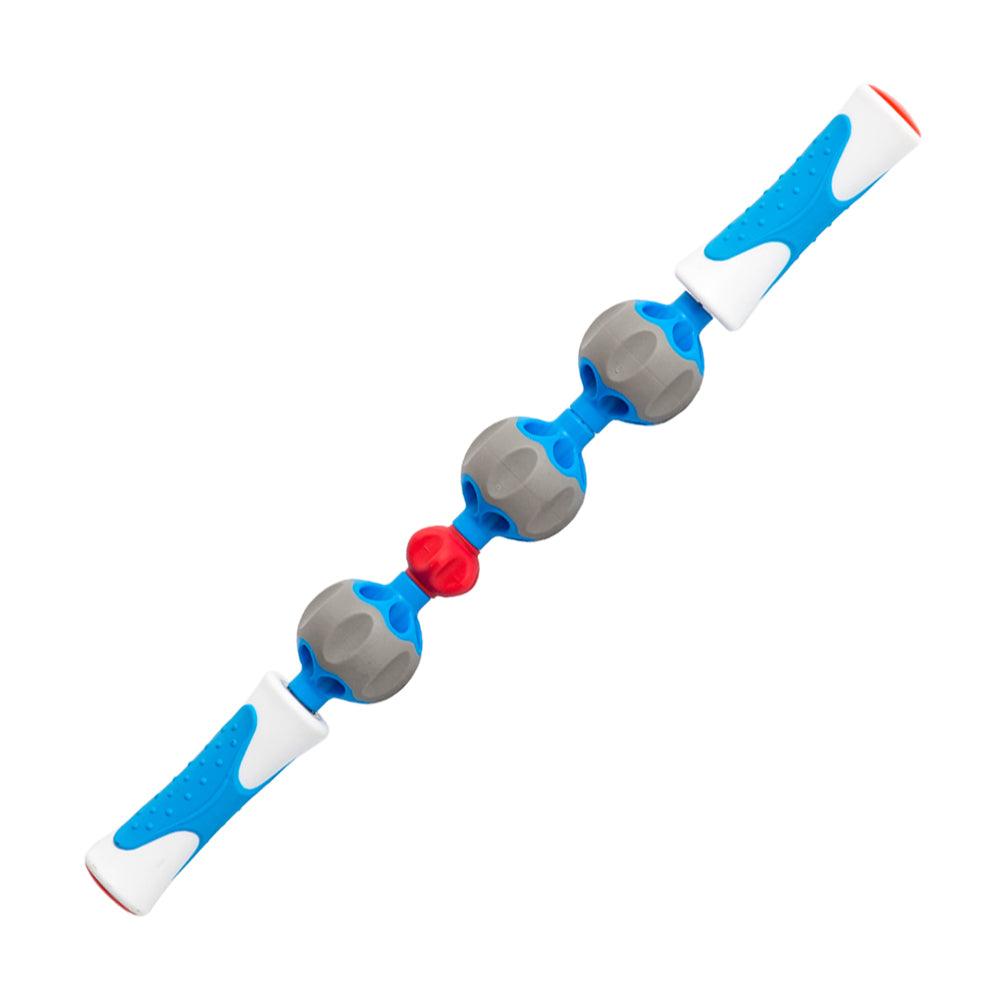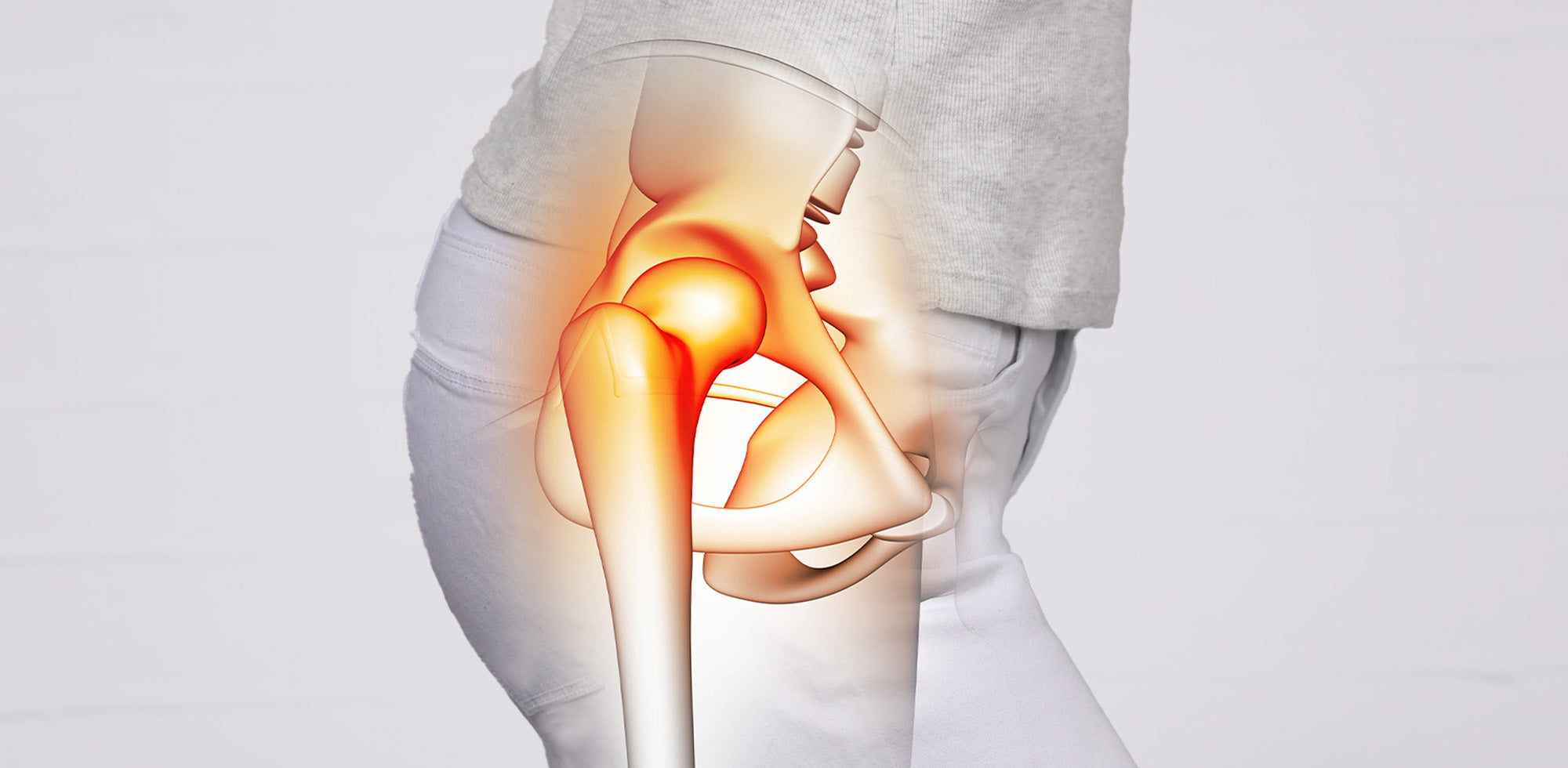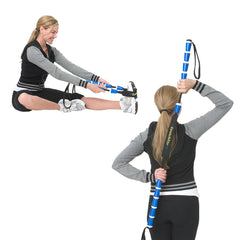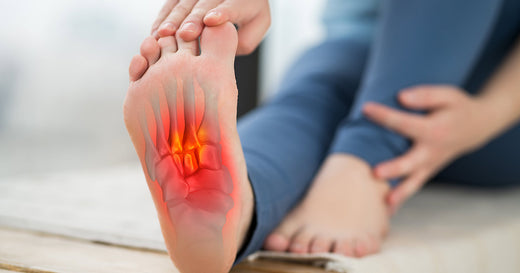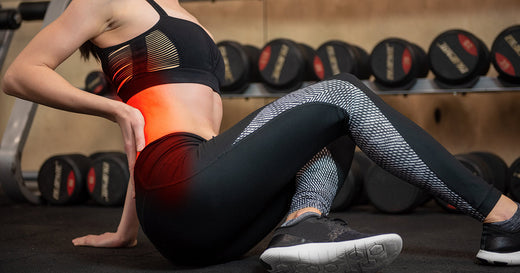The hip muscles form a vital link in the lower body’s connective chain. These 17 muscles provide balance, stability, and range of motion for all of your daily activities. When one or more of these muscles becomes injured or tight, the ripple effect is significant. Learning about how to prevent hip pain will benefit you in the future.
While overuse, a sudden fall or other injury can impact hip flexibility, tight hip muscles very often stem from a lack of activity. Sitting at a desk all day can quite quickly cause a tightening and shortening of the muscles. The result of any of these causes the muscles in your hips to lack proper range of motion and strength. When your hip flexors get stiff and fail to do their job sufficiently, your lower back and hamstrings have to compensate by doing the hip’s job of flexing and extending the leg and hip.
We’ve all heard a lot about core strengthening but maintaining flexibility of your core (hip flexors, glutes, piriformis, IT band, and hamstrings) is every bit as critical to reducing the risk of injury and maintaining long-term mobility. In fact, reduced flexibility not only impacts your ability to perform everyday tasks, but it is one of the leading causes of injuries.
Please see our hip pain exercises for more information.
Causes
Hip Pain Causes
Like the spine, the hips are a vital part of your body, and pain in the hips can have far-reaching negative effects on your everyday life. Unfortunately, because we use our hips so regularly, they can become vulnerable easily, and hip pain can be caused by a wide variety of problems. If you are experiencing hip pain, it may be a sign of:
- Arthritis
- Bursitis, an inflammation of the joint area
- A bone fracture or other injury, such as from a fall or impact
- Tendinitis, an inflammation of the tendons
- Pulled or strained muscle
Different types of injuries or illnesses may all cause unique long term problems. Ask a doctor to help you identify the source of your hip pain.
Symptoms
Hip Pain Symptoms
Every case of hip pain is different, and depending on the cause of your pain, you may experience it in different ways. Hip pain may be a constant ache or short, sharp pains that only strike when you move your joint in certain ways. In addition to feeling pain, if you have an injury or illness impairing the functionality or hip, you may also experience:
- Reduced mobility of the joint
- Difficulty putting weight on the injured leg
- Stiffness and spasming of the muscle surrounding the joint
- Numbness in the hip area
- "Pop" sounds when you move
Treatments
Hip Pain Treatment
Hip pain can make it difficult to walk, stand, or even sit in certain positions. With the right exercises and treatment, however, mobility and comfort can be restored to your joint.
FOR LONG-TERM HEALING
Stretching and Strengthening Products:
Stretching and strengthening exercises are beneficial for hip pain. Firstly, targeted stretching helps improve the flexibility of the muscles and tendons around the hip, reducing stiffness and enhancing range of motion.
Recommended products:
 CoreStretch® ★★★★★ Allows tissues to elongate, stretch, and relax. Originally developed for Physical Therapists to help patients achieve the safest lower abdomen stretch possible, the CoreStretch uses the body’s natural traction to provide a deep, effective stretch of the hips, hamstrings, glutes, and quads. |
 NEW ProStretch® Z™ Designed to aid in the stretching and strengthening of the lower back, hips, and pelvis. It focuses on relieving discomfort from conditions like sciatica, Piriformis syndrome, and lower back tightness by enhancing flexibility, correcting muscular imbalances, and facilitating Muscle Energy Techniques (METs) for pelvic alignment. |
|
StretchRite® Stretching Strap ★★★★★ The key to StretchRite’s effectiveness is in the ergonomically designed handgrips that allow you to stretch comfortably, increase your range of motion in stages and visually monitor your progress. |
Massage Products:
Massaging helps to relax tight muscles and release tension, reducing overall discomfort and promotes a greater range of motion. A targeted massage can address specific trigger points or knots in the muscles, contributing to pain relief and enhancing the overall recovery from hip pain.
Recommended products:
 ProStretch® Pro Stick Massage Roller★★★★★ Is an innovative mulit-layer therapy roller with a range of possibilities. Provides deep tissue massage, allowing you to apply pressure directly to the muscles and soft tissues around the hip. Deep tissue massage helps relieve muscle tension and improve blood circulation. |
 ProStretch® Knot Bad Massage Cane ★★★★★ It's four massage knobs on shaft are ideal massage tool for releasing myofascial trigger points for a deep tissue massage. Its massage knobs include rounded therapy nodes for targeting knotted muscles and pressure points. |
 ProStretch® Nonagon Foam Roller It is the ideal trigger point massage tool to help alleviate muscle soreness, tightness, and tiredness by sitting, leaning, or rolling, improving flexibility for active pain relief, and encouraging optimal blood flow. |
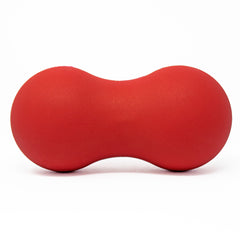 ProStretch® Peanut Massage Ball It is the ideal trigger point foam massage roller to alleviate muscle soreness and stiffness and can be used on areas like your glutes, upper back, and shoulders. |
In addition to the above mentioned techniques, you should always ice the area after you have exercised to reduce inflammation. Speaking to a physician about proper medication could also be an option to explore.
How to Prevent Hip Pain?
Rehabilitating an injury is time consuming. As with all injuries, prevention is your best defense. Prevention options include:
- Focus on Flexibility and Strength Every Day – If you're going to prevent injury, stretching should be done daily. The stretching and strengthening programs that help rehab the injury are often the same ones that will help to prevent it.
- Warm Up and Cool Down - Think of your muscles as taffy. Often a bit brittle to start, the more pulling and stretching that is done, the more pliable it becomes. Starting an athletic activity without stretching is a risk for injury you just don't have to take. Be sure to warm up properly before starting any exercise but be sure to stretch afterwards as well. You'll thank yourself in the morning.
- Enlist Support - Your feet are designed to protect you against the shock your body feels when you take a step. Every time the heel of your foot hits the ground, a shock wave travels up through your body, all the way to your head. A healthy body will absorb this shock. But if your feet are not in their correct functioning position, more of this shock is allowed to move through the body to weaken other joints including the hips and spine. Be sure that your feet are healthy, that your arches are properly supported and your shoes are providing maximum shock absorption.
If you feel strain or pain at any time during play, or even during your everyday activities, stop what you are doing and give your leg a rest.
PLEASE NOTE: The information on this website and article is for information only and should not be used as a substitute for consulting your doctor. Consult your doctor for proper diagnosis and rehabilitation.




